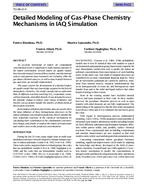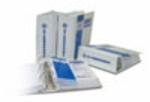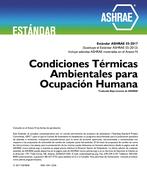Description
An accurate knowledge of indoor air contaminant concentration levels is important to study human exposure in the indoor environment. Several indoor air quality models have been developed. In some of these models, only the internal sources and gaseous mass transports are included, while the gas-phase chemistry process, as well as mass transfer between gas and solid, are not fully implemented.
This paper reports the development of a detailed indoor air quality model that uses knowledge acquired in the field of atmospheric chemistry. The model can take into account more than 20 different reactions involving NOx compounds, ozone, carbon monoxide, and sulfur dioxide. It was designed to assess the dynamic change in indoor solar energy irradiance and thereby can accurately handle the kinetics of photochemical dissociation reactions.
Real outdoor pollution and climatic data are used to show the large influence of these homogeneous processes on the indoor pollutant concentration prediction, then to identify the most important reactions of the chemical mechanisms by calculating their contribution to the contaminant concentration change, and, finally, to analyze the impact of temperature and window area on the predicted concentrations.
Citation: Symposium, ASHRAE Transactions, 1998, Vol. 104, Part 2, Toronto, ON
Product Details
- Published:
- 1998
- Number of Pages:
- 9
- File Size:
- 1 file , 200 KB
- Product Code(s):
- D-7772




